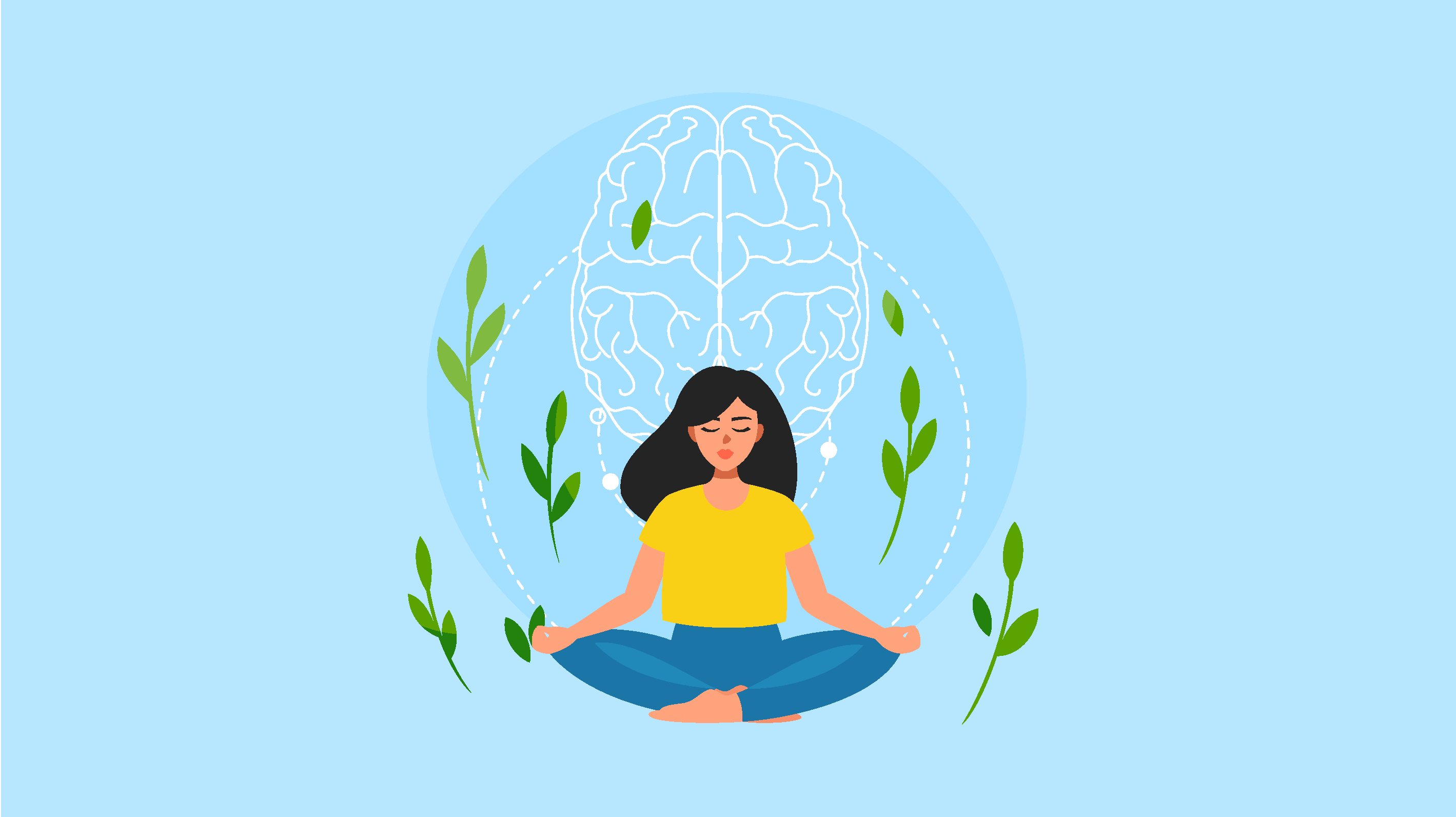
Mindfulness Practices for a Calm and Centered Life
By Adedayo Oyetoke, Published on: January 6th 2024 3 min, 470 word Views: 1419
In today's fast-paced world, it's essential to find ways to maintain a healthy mental state and stay centered. Mindfulness practices have emerged as a powerful tool for achieving inner peace and balance. In this blog, we'll explore the world of mindfulness, its benefits, and how to incorporate it into your daily life.
What is Mindfulness?
Mindfulness is a practice that involves paying attention to the present moment, without judgment, and cultivating awareness, acceptance, and compassion. It's often described as a state of non-judgmental, non-reactive awareness, where we're fully present and open to whatever arises in our experience.
The Benefits of Mindfulness:
There are numerous benefits to practicing mindfulness, including:
1. Improved mental health: Mindfulness has been shown to reduce stress, anxiety, and depression, and improve overall mental well-being.
2. Enhanced focus and concentration: By training your mind to be present, you can improve your ability to concentrate and make better decisions.
3. Increased self-awareness: Mindfulness helps you become more aware of your thoughts, emotions, and physical sensations, leading to increased self-compassion and emotional intelligence.
4. Reduced stress and pain: Research has shown that mindfulness can help reduce chronic pain and improve sleep quality.
5. Better relationships: Mindfulness can help you become more empathetic and understanding, leading to stronger connections with others.
How to Practice Mindfulness:
There are various forms of mindfulness practice, but one of the most common and accessible methods is called "Mindfulness-Based Stress Reduction (MBSR)." Here's a simple guideline to get started:
1. Find a quiet space: Choose a comfortable place where you can sit or lie down, free from distractions.
2. Set a timer: Set a timer for 20-30 minutes to help you stay focused on your practice.
3. Body scan: Begin by bringing your attention to your body, noticing where you feel sensations of tension or discomfort.
4. Breath awareness: As you become more aware of your body, shift your focus to your breath. Notice the natural rhythm of your inhale and exhale.
5. Non-judgmental awareness: As thoughts arise, gently bring your attention back to your breath, without judgment.
6. Expanding awareness: Gradually expand your awareness to include sounds, sensations, and thoughts, without judgment.
7. Letting go: If your mind begins to wander, gently bring your attention back to your breath, and let go of any thoughts or feelings that arise.
8. Closing: When your timer goes off, slowly open your eyes and take a few deep breaths.
Remember, it's essential to be patient and kind with yourself during your mindfulness practice. The more you practice, the more you'll reap the benefits.
Conclusion:
Embracing mindfulness in your daily life can lead to a more balanced, centered, and fulfilling existence. By cultivating self-awareness and non-judgmental awareness, you can improve your mental health, focus, and overall well-being. With consistent practice, you'll be better equipped to handle life's challenges and foster deeper connections with others. So, why not give it a try?
